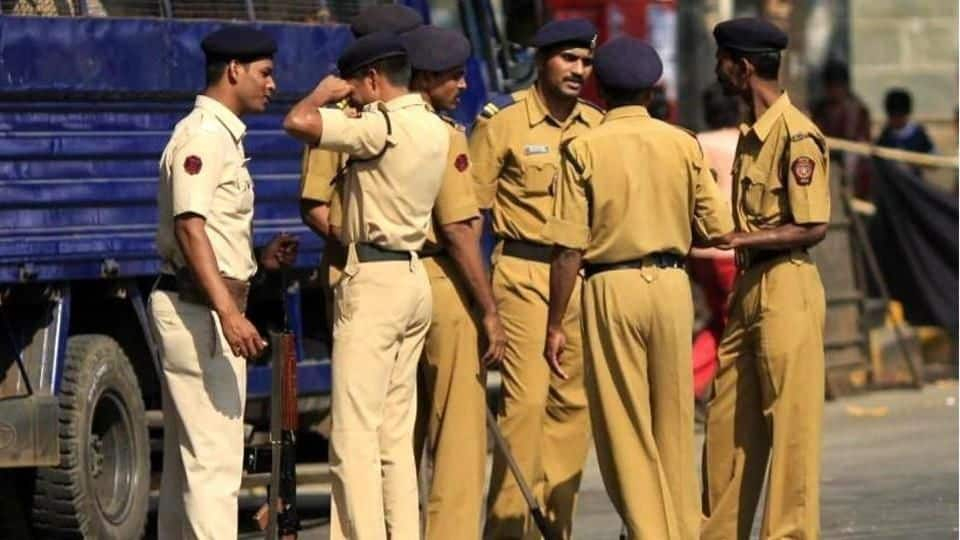
After you dial 100: What happens inside police control room?
What's the story
Have you ever wondered what happens after you dial 100 - India's de-facto emergency helpline number - and before you get help?
A lot goes in between, amplified several times when it's a police control room (PCR) in India's national capital, notoriously infamous for horrifyingly high crime incidence.
Here, we let you into Delhi's nerve centre that manages it all, anger, violence and helplessness.
Details
Decoding Delhi Police's emergency response system
The Delhi Police's emergency response system can be divided into three sections. The first is the call centre, where you dial in for emergencies. The people fielding the calls provide immediate assistance, alert other service providers (ambulance, police) and forward the query to dispatch rooms.
The dispatchers prioritize and assign PCR vans, which then reach the crime site and provide necessary help.
Sneak peek
'In the middle of a disaster'
According to a detailed report published by Mint, there is never a dull moment inside Delhi Police's emergency call centre, where phones ring insistently, incessantly, as if the city is under siege, which it is, 24x7.
In September 2017 alone, the 150 staffers manning the helplines (in three shifts) attended 1,050,558 calls, which is 35,000 calls a day.
High priority
50% of all calls are related to quarrels, domestic violence
Though every call spurs immediate response, certain are considered high priority. These include those related to gender violence, robbery, murder, dead bodies, abduction, rioting and armed attacks.
The nature of help sought is mostly time-specific. However, calls related to quarrels and domestic violence are constant throughout the day and unsurprisingly make for about 50% of all the calls fielded by 100.
Time table
Distress calls follow similar time cycle each day
The kind of calls usually depends on what time of the day it is. Based on calls, the 24 hours of PCR operators can be roughly categorized into:
*4am-8am: Dead bodies, road accidents, robberies
*8am-10am: Traffic jams, road rage
*10am-4pm: Since most people are at work, the calls are relatively fewer
*6pm-9pm: Traffic jam, road rage
*11pm onwards: Drunkards, regulars (people who call frequently)
Struggles
However, Delhi's 100 response system needs immediate technological, manpower upgrade
Despite 776 PCR vans on duty at any given time, plus occasional help from 24 "Parakram" vans and local police, Delhi's 100 response system struggles to timely tackle the sheer volume of calls.
The outdated software and inadequate infrastructure don't provide much assistance either. The department is in dire need of more dispatchers, consoles and about four times as many patrol vehicles.
Future
New software updates to roll out soon
The police administration is only too aware of the pressing needs. It is working on temporarily upgrading the current strength of 100 channels (dedicated to emergency helplines) to 300.
It is also planning to roll out new integrated, GPS-enabled software updates. These will automatically select the most suitable vehicle for patrolling, and show operators the caller/police vehicle's tentative location and real-time movement.